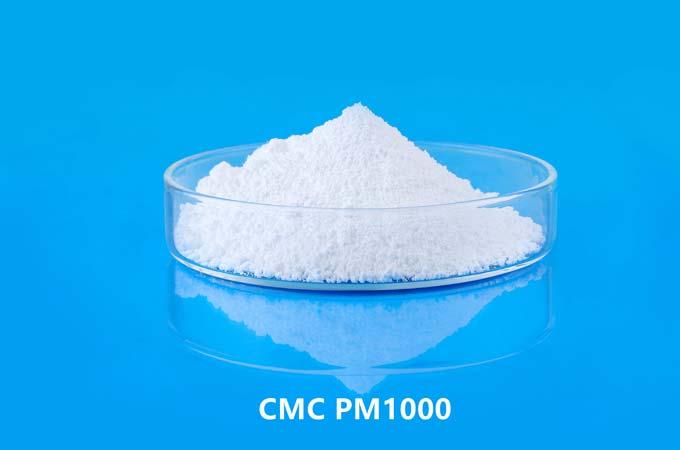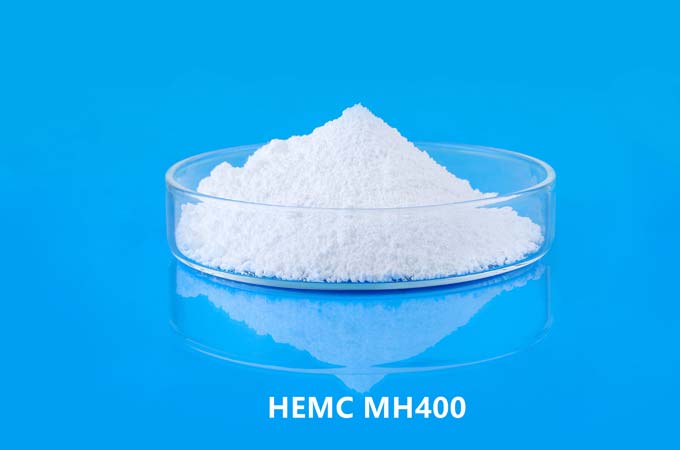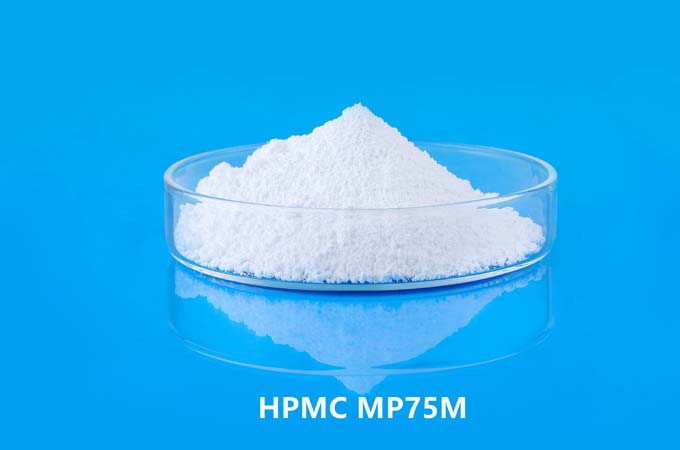Hydroxypropylmethylcellulose (HPMC) is a multifunctional compound with a wide range of applications in various industries, one of its important uses is in the construction sector. HPMC is a compound derived from cellulose, a natural polymer obtained from plant cell walls. This material is chemically modified to produce HPMC, resulting in a water-soluble polymer with unique properties that make it suitable for a range of construction-related applications.
Learn about Hydroxypropyl Methylcellulose (HPMC)
Chemical composition and structure:
HPMC is a semi-synthetic polymer whose chemical structure is based on cellulose. It is produced by treating cellulose with propylene oxide to introduce hydroxypropyl groups and then with methyl chloride to introduce methyl groups. The degree of substitution (DS) of these groups can be adjusted during the manufacturing process, affecting the overall performance of HPMC.
Main features:
Water solubility: HPMC is easily soluble in water, forming a transparent and viscous solution. This property makes it easy to incorporate into a variety of building recipes.
Thermal gelation: It exhibits thermal gelation, which means that its solution can undergo reversible gelation when heated and cooled. This property is critical in certain construction applications.
Film-forming capabilities: HPMC can form thin films that provide a barrier to help control the release of active ingredients in building materials.
Improved Adhesion: HPMC enhances the adhesion, cohesion and workability of building materials, making them easier to handle during construction.
Applications in construction:
1. Mortar and cement-based products:
Water retention: HPMC is often used as a water retention agent in cement-based products. It improves workability by reducing water loss during construction, preventing premature drying and ensuring proper hydration of the cement.
Adhesion: The film-forming properties of HPMC enhance the adhesion of mortar to various surfaces and improve the overall performance of the material.
2. Tile Adhesives and Grout:
Extended open time: HPMC helps extend the open time of tile adhesive, allowing for better tile placement before the adhesive sets.
Enhanced workability: It helps improve the workability of grout, making it easier to apply and ensuring proper filling of joints.
3. Gypsum-based products:
Consistency Control: In gypsum-based products such as joint compound and stucco, HPMC helps control consistency and workability.
Crack Resistance: It improves crack resistance by improving the overall structural integrity of the material.
4. Exterior Insulation and Finishing Systems (EIFS):
Thermal insulation: HPMC is used in EIFS to enhance the thermal insulation performance of the system.
Weather Resistance: It increases the resistance of EIFS to weather conditions, ensuring durability and longevity.
5.Self-leveling underlayment:
Flow Control: HPMC helps control the flow characteristics of self-leveling liners for smooth, even application.
6. Spray application:
Sprayability: HPMC can be incorporated into the formulation of spray building materials to help improve the sprayability of the mixture.
7. Asphalt modification:
Viscosity Control: In asphalt emulsions, HPMC helps control viscosity and stabilize the emulsion, thereby improving the performance of asphalt-based products.
8. Concrete additives:
Water Reducing: HPMC is used as a water reducing agent in concrete mixtures to improve workability while maintaining required strength properties.
Hydroxypropyl methylcellulose (HPMC) is a valuable and versatile additive in the construction industry with a range of properties that enhance the performance of a variety of materials. Its use in mortars, adhesives, gypsum-based products and other construction formulations highlights its importance in improving workability, adhesion and durability. As construction technology continues to evolve, HPMC is likely to play an even more critical role in the development of advanced and sustainable building materials.
 English
English 日本語
日本語 français
français Deutsch
Deutsch Español
Español italiano
italiano русский
русский português
português العربية
العربية Türkçe
Türkçe Nederland
Nederland



